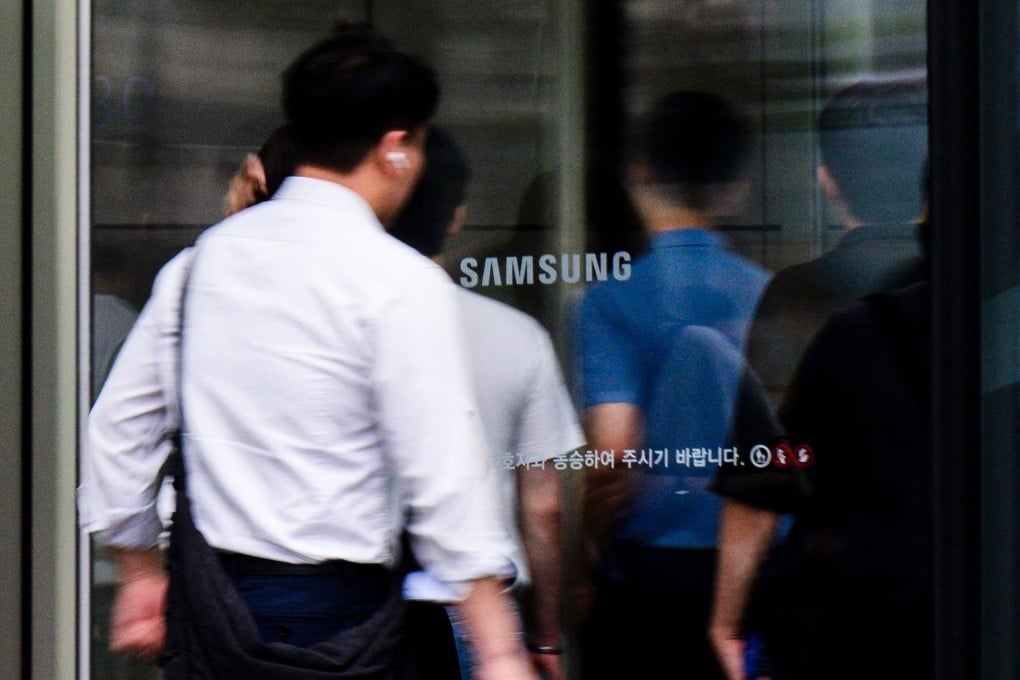Samsung profit surges most in years after chip arm recovery
- The world’s largest maker of memory chips and smartphones posted a six-fold surge in net income to US$6.96 billion in the June quarter

Samsung Electronics reported its fastest pace of net income growth since 2010 after the artificial intelligence boom lifted earnings at its semiconductor division.
The world’s largest maker of memory and smartphones posted a six-fold surge in net income to 9.64 trillion won (US$6.96 billion) in the June quarter, versus the average analysts’ projection for 7.97 trillion won. Samsung earlier this month reported a 15-fold rise in preliminary operating profit and a 23 per cent rise in revenue, the biggest gain in sales since 2021.
The beat suggests the global computing markets are emerging from a protracted post-Covid downturn, thanks in part to a wave of spending on AI development from the US to China. Like SK Hynix, Samsung supplies the semiconductors used for storage in servers and mobile devices and also sells a plethora of consumer electronics.
“Samsung’s memory business has fully turned around and is back to business,” said Tom Kang, director at Counterpoint Research. High demand for server-related products led to the surprise profit, he said. The Galaxy S24’s performance also bolstered earnings beyond the smartphone division by lifting sales of camera sensors, chips, displays and display drivers, he said.

Samsung’s pivotal semiconductor unit posted a better-than-expected 6.45 trillion won operating profit, its second consecutive quarter in the black after four successive losses. It was boosted by rising memory prices and robust demand for high-bandwidth memory chips, or HBMs, which help conserve power while supporting faster processing speeds required by AI.
